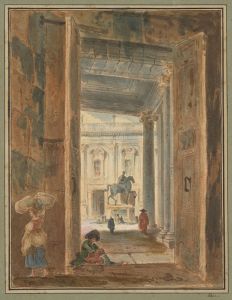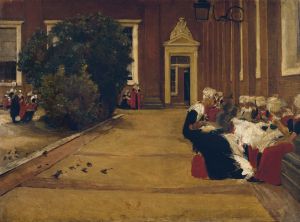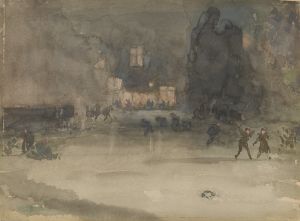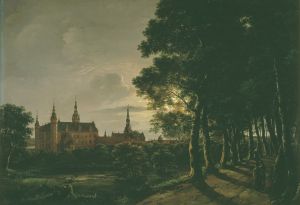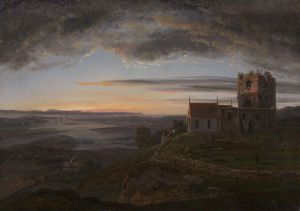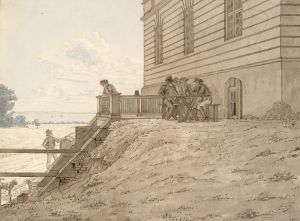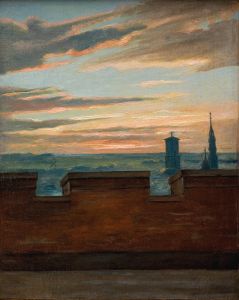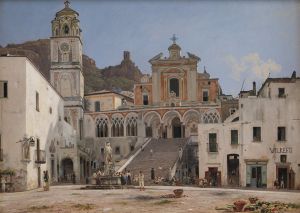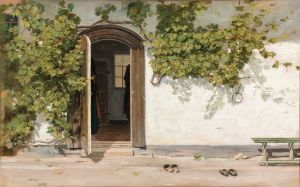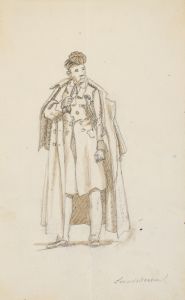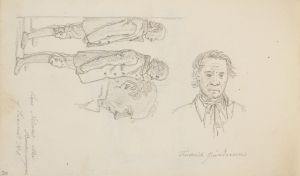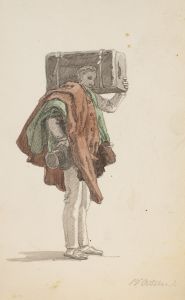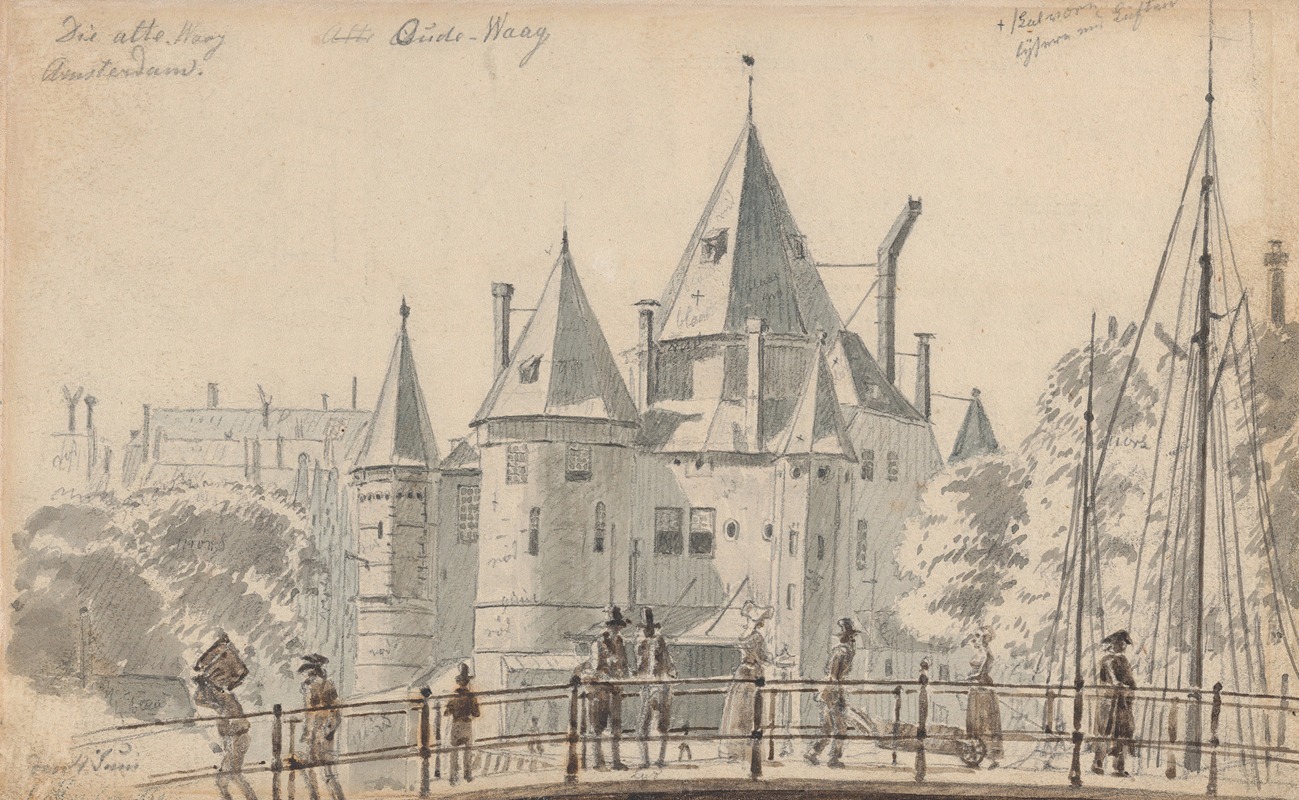
The Oude Waag in Amsterdam Seen from the North-East
A hand-painted replica of Martinus Rørbye’s masterpiece The Oude Waag in Amsterdam Seen from the North-East, meticulously crafted by professional artists to capture the true essence of the original. Each piece is created with museum-quality canvas and rare mineral pigments, carefully painted by experienced artists with delicate brushstrokes and rich, layered colors to perfectly recreate the texture of the original artwork. Unlike machine-printed reproductions, this hand-painted version brings the painting to life, infused with the artist’s emotions and skill in every stroke. Whether for personal collection or home decoration, it instantly elevates the artistic atmosphere of any space.
"The Oude Waag in Amsterdam Seen from the North-East" is a painting by the Danish artist Martinus Rørbye, a prominent figure in the Danish Golden Age of painting. Rørbye was known for his detailed and atmospheric landscapes and cityscapes, often capturing the essence of the places he visited during his extensive travels across Europe.
This particular painting depicts the Oude Waag, a historic building located in Amsterdam, Netherlands. The Waag, originally a city gate known as the Sint Anthoniespoort, was constructed in the late 15th century. In the early 17th century, when the city expanded, the gate lost its defensive function and was repurposed as a weigh house, or "waag," which is a building where goods were weighed as part of trade and taxation processes. Over the years, the Waag has served various functions, including housing guilds, a museum, and even an anatomical theater.
Rørbye's painting captures the Waag from the north-east, providing a view that highlights the architectural features of the building. The structure is characterized by its medieval design, with robust stone walls and a series of turrets and gables that reflect its origins as a fortified gate. The painting likely dates from the period when Rørbye was traveling through the Netherlands, a journey that took place around the 1830s. During this time, he was deeply influenced by the Dutch landscape and urban scenes, which is evident in the meticulous attention to detail and the atmospheric quality of his work.
The painting is notable for its use of light and shadow, which Rørbye employs to create a sense of depth and realism. The play of light across the building's façade and the surrounding area suggests a particular time of day, possibly early morning or late afternoon, adding to the atmospheric quality of the scene. The presence of people and everyday activity around the Waag adds a dynamic element to the composition, providing a glimpse into the life of Amsterdam during that period.
Rørbye's work is often celebrated for its ability to convey a sense of place and time, and "The Oude Waag in Amsterdam Seen from the North-East" is no exception. The painting not only serves as a historical record of the Waag and its surroundings but also reflects the artist's keen observational skills and his ability to capture the essence of urban life.
Today, the Oude Waag remains a significant historical landmark in Amsterdam, and Rørbye's painting contributes to the rich tapestry of artistic works that document the city's architectural heritage. The painting is an example of Rørbye's broader oeuvre, which includes a variety of subjects ranging from intimate interior scenes to expansive landscapes, all characterized by his precise technique and his interest in capturing the world around him with authenticity and sensitivity.





